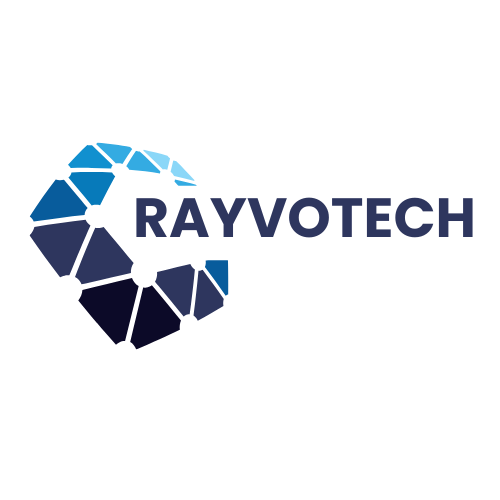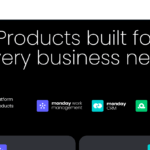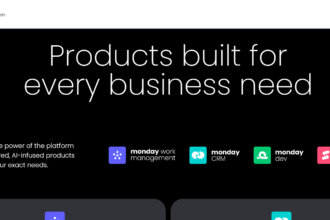
The glow of laptop screens has replaced fluorescent office lighting for millions. As remote and hybrid work cement themselves as the new norm—with 34 million Americans now working remotely at least part-time —the right digital toolkit has shifted from luxury to lifeline. Yet the market floods with options, leaving teams drowning in tabs, notifications, and half-baked workflows.
The stakes? Research shows 64% of employees waste 3+ hours weekly on collaboration inefficiencies . Multiply that across your team, and you’re hemorrhaging productivity. But when done right, remote collaboration unlocks unprecedented agility. Teams using dedicated tools are 20% more likely to hit objectives and reduce meetings by 25% .
After analyzing 30+ tools across expert reviews, user ratings, and real-world testing, we’ve curated the definitive 2025 lineup. No fluff. No paid placements. Just the sharpest tools to transform distributed work from fragmented to fluid.
Why Generic Tools Fail Remote Teams
Remote work isn’t about replicating offices online—it’s about redesigning workflows for asynchronous brilliance. Email chains and scattered files sabotage this. Teams need:
- Unified workspaces replacing app-hopping
- Async-first communication minimizing interruptions
- Visual project tracking clarifying ownership
- Automation eliminating busywork
Tools that nail this blend see users save 2.5+ hours weekly . Let’s break down who does it best.
The 2025 Remote Collaboration Hall of Fame
🗣️ 1. Slack: The Communication Nucleus
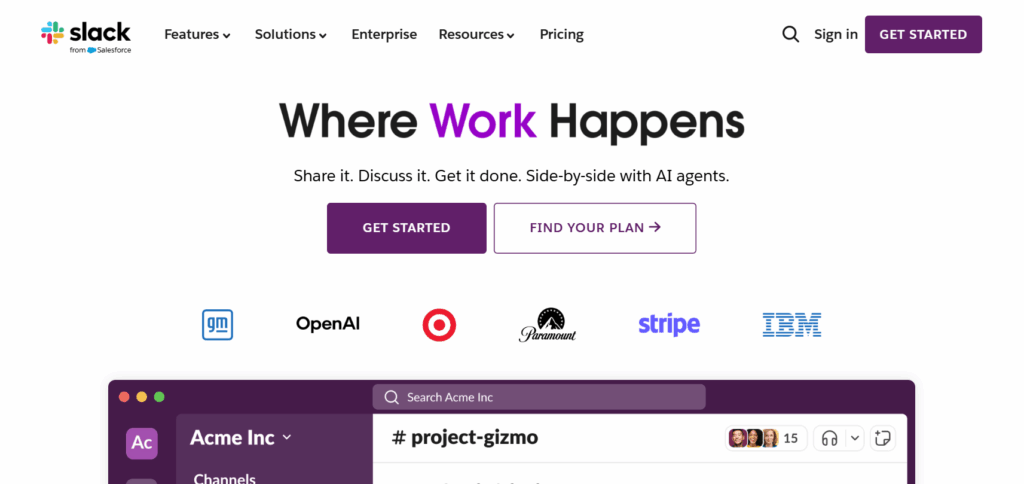
Best for: Real-time messaging + ecosystem integration
Slack’s channel-based architecture keeps conversations organized, searchable, and distraction-controlled. Its magic lies in 4,000+ integrations (Google Drive, Salesforce, Zoom) turning it into a command center. Need quick feedback? Start a “Huddle” audio chat. Automating routine asks? Use Workflow Builder bots.
Pricing: Free → $15/user/month
Ideal for: Tech, marketing, and cross-functional teams valuing speed.
📊 2. Asana: The Project Orchestrator

Best for: Complex workflows + visual timelines
Asana transforms chaotic projects into structured workflows. Its Timeline view maps dependencies like a Gantt chart, while custom fields automate status updates. Teams at Siemens manage 250+ workflows here, boosting productivity by 10% .
Pricing: Free → $30.49/user/month
Ideal for: Operations, product, and agencies juggling multi-step projects.
🎨 3. Miro: The Infinite Brainstorming Canvas
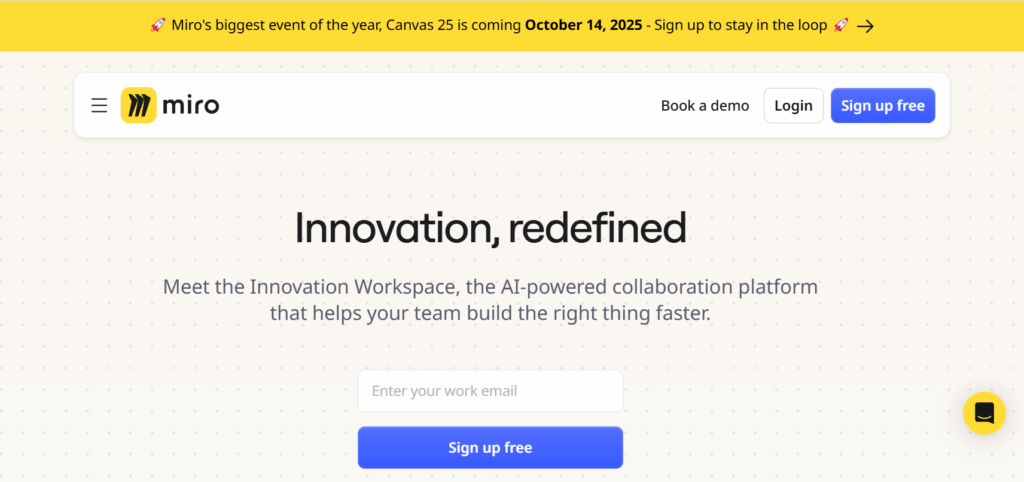
Best for: Visual collaboration + creative workshops*
Remote brainstorming dies in video grids. Miro’s digital whiteboard—with sticky notes, diagrams, and 5,000+ templates—lets teams ideate freely. Designers map user journeys; engineers sketch system architectures; PMs run retrospectives—all in real-time.
Pricing: Free → $10/user/month
Ideal for: Design, innovation, and product teams prioritizing visual thinking.
🌐 4. Google Workspace: The Document Dynamo

Best for: Real-time co-editing + cloud simplicity*
Google Docs and Sheets set the gold standard for collaborative editing. Comments, version history, and @mentions streamline feedback. Paired with Meet and 1TB+ storage, it’s a lean powerhouse for content-centric teams.
Pricing: $6 → $18/user/month
Ideal for: Education, nonprofits, and teams living in documents.
🤖 5. Wrike: The AI-Powered Control Tower
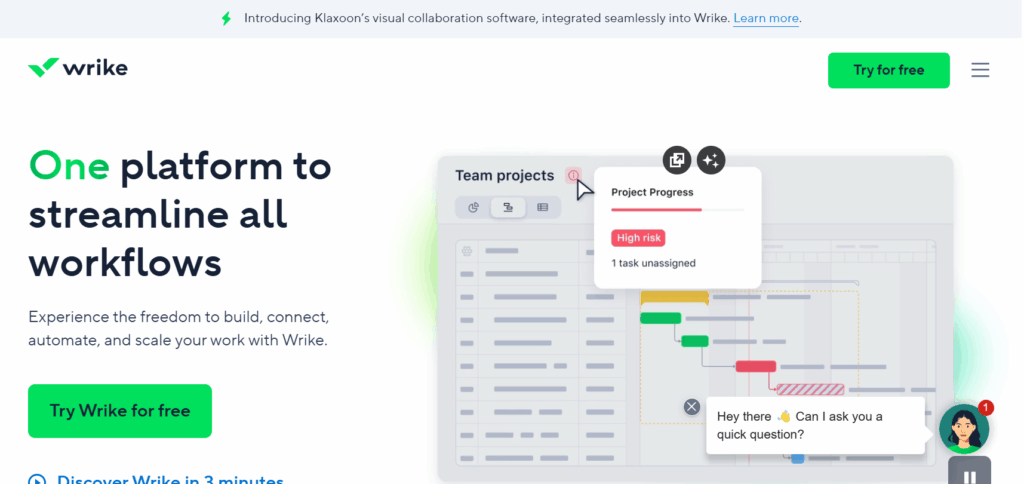
Best for: Enterprise-scale agility + AI automation*
Wrike combines project tracking, proofing tools, and AI-driven analytics. Its automation engine cuts approval cycles by 40%, while AI predicts roadblocks. NVIDIA and Ogilvy use it to unify 14,000+ users across 20 countries .
Pricing: Free → $25/user/month
Ideal for: Large, distributed teams needing structure + scalability.
💼 6. Microsoft Teams: The Enterprise Hub
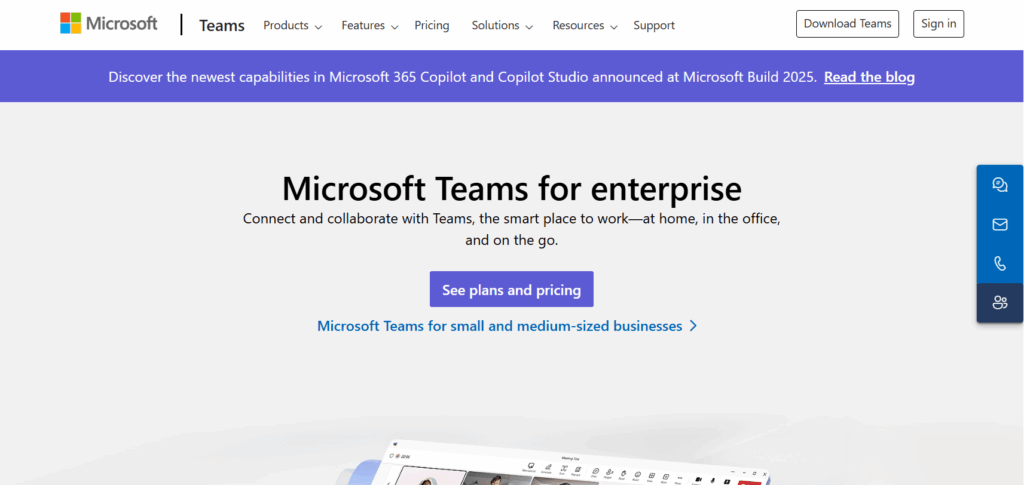
Best for: Microsoft 365 integration + secure meetings*
Teams shines in Microsoft-centric environments. Its tight bond with Outlook, SharePoint, and Power BI lets users co-edit files, launch video calls, and track tasks without switching apps. For regulated industries, its compliance certifications are unmatched.
Pricing: $4 → $12.50/user/month
Ideal for: Finance, healthcare, and enterprises using Office 365.
📂 7. Nuclino: The Knowledge Unifier
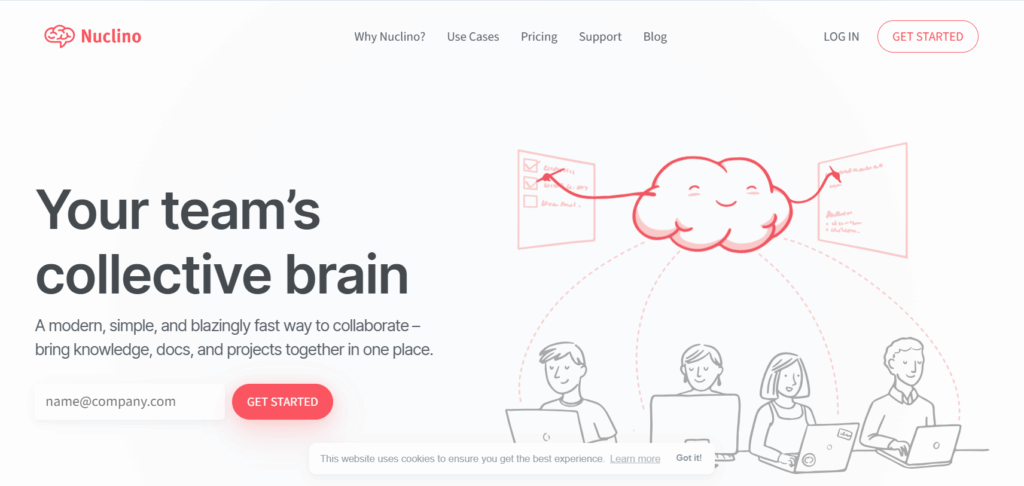
Best for: Centralizing docs + reducing context-switching*
Nuclino replaces wikis, Google Docs, and Notion with a lightning-fast workspace. Pages organize into nested lists or Kanban boards, embedding tasks, code snippets, and diagrams. Users report “10x fewer tabs open” thanks to its focus mode .
Pricing: Free → $6/user/month
Ideal for: Remote startups and technical teams battling information sprawl.
Comparison: Top Tools at a Glance
Key features, pricing, and best-fit teams:
| Tool | Best For | Standout Features | Pricing Range |
|---|---|---|---|
| Slack | Real-time messaging | Channels, 4,000+ integrations, Huddles | Free – $15/user |
| Asana | Project workflows | Timeline view, custom fields, automation | Free – $30/user |
| Miro | Visual collaboration | Infinite canvas, 5K+ templates, diagramming | Free – $10/user |
| Google Workspace | Docs/Sheets collaboration | Real-time editing, Meet, Drive storage | $6 – $18/user |
| Wrike | Enterprise scaling | AI analytics, proofing, 400+ integrations | Free – $25/user |
| Microsoft Teams | Microsoft ecosystem | Office co-editing, SharePoint sync, compliance | $4 – $12/user |
| Nuclino | Knowledge unification | Nested pages, Kanban boards, focus mode | Free – $6/user |
Implementation: Making Tools Stick
A tool alone won’t fix collaboration. Use these battle-tested tactics:
- Kill Notification Overload
Slack’s #channels buzzing? Use “Do Not Disturb” hours and mute non-essential threads. Teams save 2.1 hours/week by batching comms . - Embed Work in Conversations
Link Asana tasks directly in Slack discussions. Context stays attached to actions. - Standardize Documentation
Use Nuclino or Google Workspace templates for meeting notes, project briefs, and SOPs. Onboarding time drops 30% with searchable docs . - Automate Low-Value Tasks
Set up Wrike or Asana rules to auto-assign tasks when statuses change—no more “Who’s handling this?”
The Future: AI, Async, and Invisible Workflows
2025’s tools are leaning into:
- AI Co-Pilots: Asana’s AI drafts project briefs; Wrike predicts delays .
- Async Video: Loom’s screen recordings replace status meetings .
- Unified Platforms: Tools like Lark combine chat, docs, and tasks in one view .
“The next disruption isn’t remote work—it’s how we work remotely. Tools that reduce friction, not add to it, will dominate.” — Remote Work Tech Report, 2025
Your Move: Less Tools, More Traction
Forget chasing every shiny app. Start with one pain point:
- Communication chaos? → Try Slack
- Projects stalling? → Implement Asana
- Brainstorms flatlining? → Test Miro
→ Experiment: Most tools offer free tiers. Run a 2-week sprint with your team. Track time saved.
→ Optimize: Zapier can connect your stack—auto-create Slack channels from Asana projects, or save Miro boards to Google Drive.
Remote work’s promise isn’t just flexibility—it’s better work. With these tools, you’re not just surviving distributed work. You’re mastering it.
Which tool transformed your remote workflow? Share your game-changer below. 🔥
